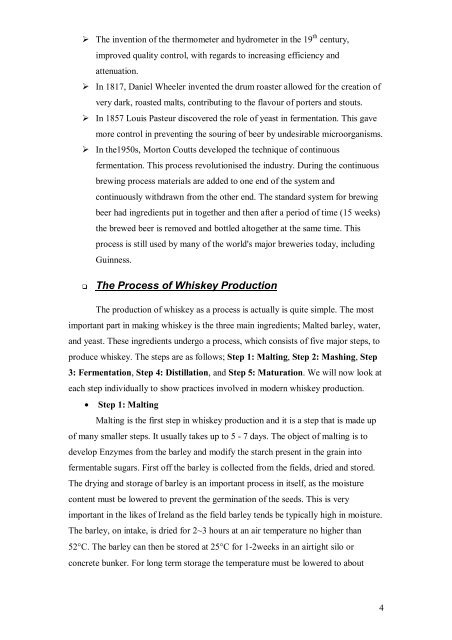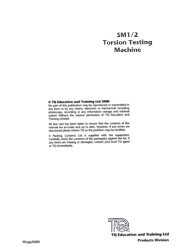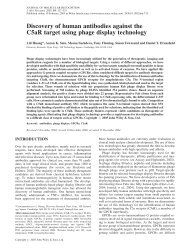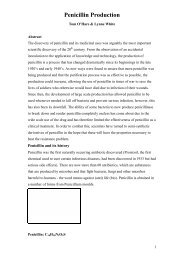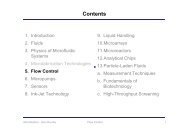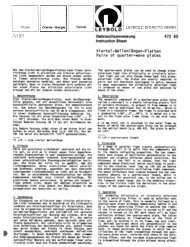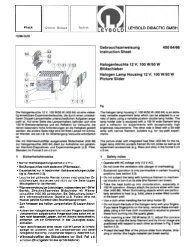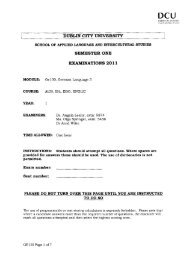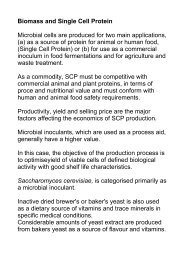BE406 Whiskey Production: A Comparison With Beer Production
BE406 Whiskey Production: A Comparison With Beer Production
BE406 Whiskey Production: A Comparison With Beer Production
You also want an ePaper? Increase the reach of your titles
YUMPU automatically turns print PDFs into web optimized ePapers that Google loves.
� The invention of the thermometer and hydrometer in the 19 th century,<br />
improved quality control, with regards to increasing efficiency and<br />
attenuation.<br />
� In 1817, Daniel Wheeler invented the drum roaster allowed for the creation of<br />
very dark, roasted malts, contributing to the flavour of porters and stouts.<br />
� In 1857 Louis Pasteur discovered the role of yeast in fermentation. This gave<br />
more control in preventing the souring of beer by undesirable microorganisms.<br />
� In the1950s, Morton Coutts developed the technique of continuous<br />
fermentation. This process revolutionised the industry. During the continuous<br />
brewing process materials are added to one end of the system and<br />
continuously withdrawn from the other end. The standard system for brewing<br />
beer had ingredients put in together and then after a period of time (15 weeks)<br />
the brewed beer is removed and bottled altogether at the same time. This<br />
process is still used by many of the world's major breweries today, including<br />
Guinness.<br />
� The Process of <strong>Whiskey</strong> <strong>Production</strong><br />
The production of whiskey as a process is actually is quite simple. The most<br />
important part in making whiskey is the three main ingredients; Malted barley, water,<br />
and yeast. These ingredients undergo a process, which consists of five major steps, to<br />
produce whiskey. The steps are as follows; Step 1: Malting, Step 2: Mashing, Step<br />
3: Fermentation, Step 4: Distillation, and Step 5: Maturation. We will now look at<br />
each step individually to show practices involved in modern whiskey production.<br />
• Step 1: Malting<br />
Malting is the first step in whiskey production and it is a step that is made up<br />
of many smaller steps. It usually takes up to 5 - 7 days. The object of malting is to<br />
develop Enzymes from the barley and modify the starch present in the grain into<br />
fermentable sugars. First off the barley is collected from the fields, dried and stored.<br />
The drying and storage of barley is an important process in itself, as the moisture<br />
content must be lowered to prevent the germination of the seeds. This is very<br />
important in the likes of Ireland as the field barley tends be typically high in moisture.<br />
The barley, on intake, is dried for 2~3 hours at an air temperature no higher than<br />
52°C. The barley can then be stored at 25°C for 1-2weeks in an airtight silo or<br />
concrete bunker. For long term storage the temperature must be lowered to about<br />
4


